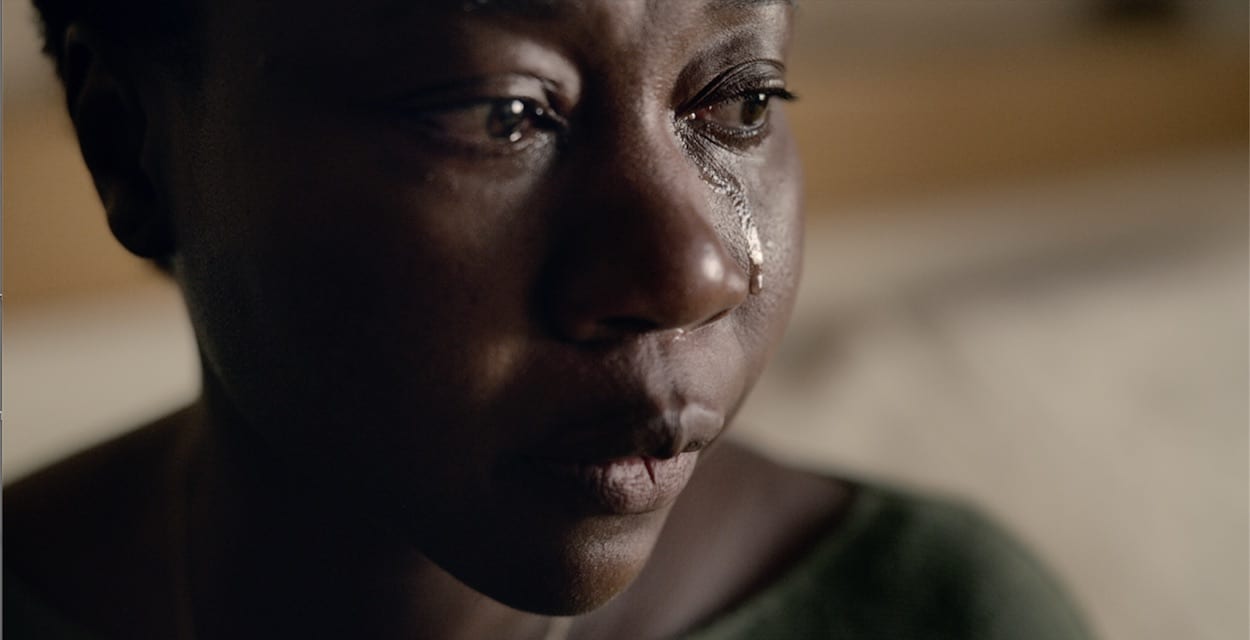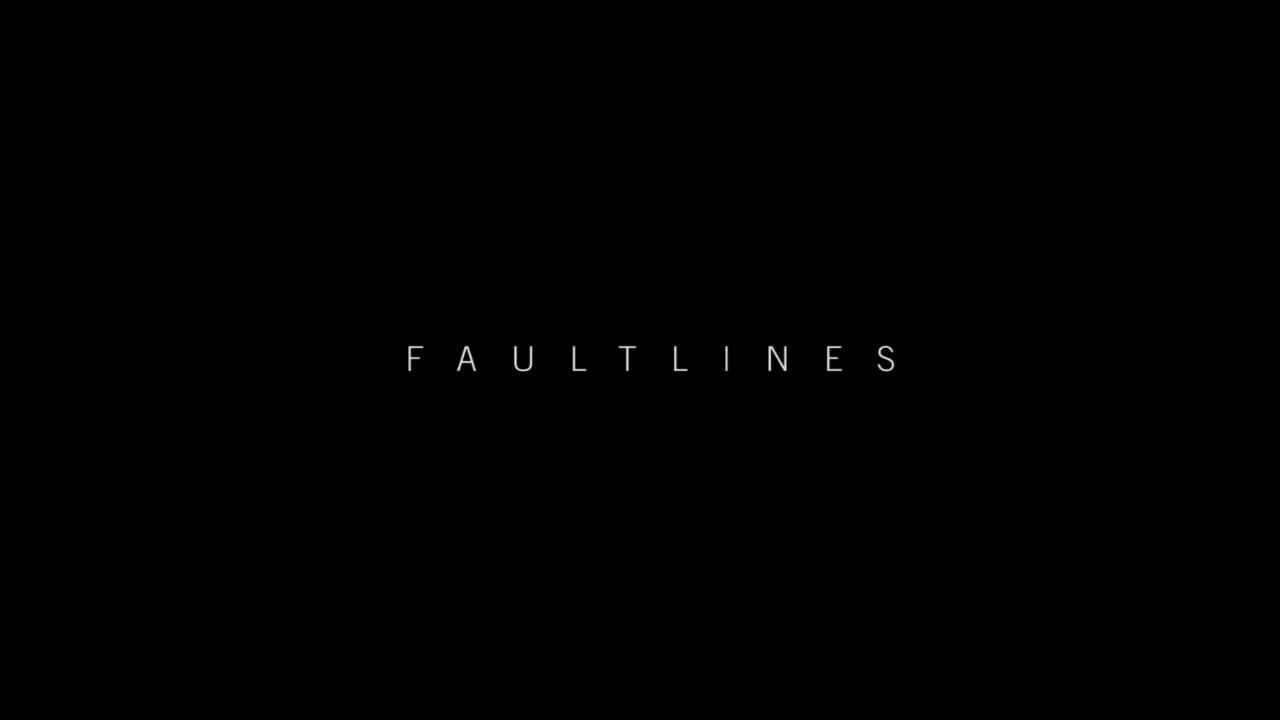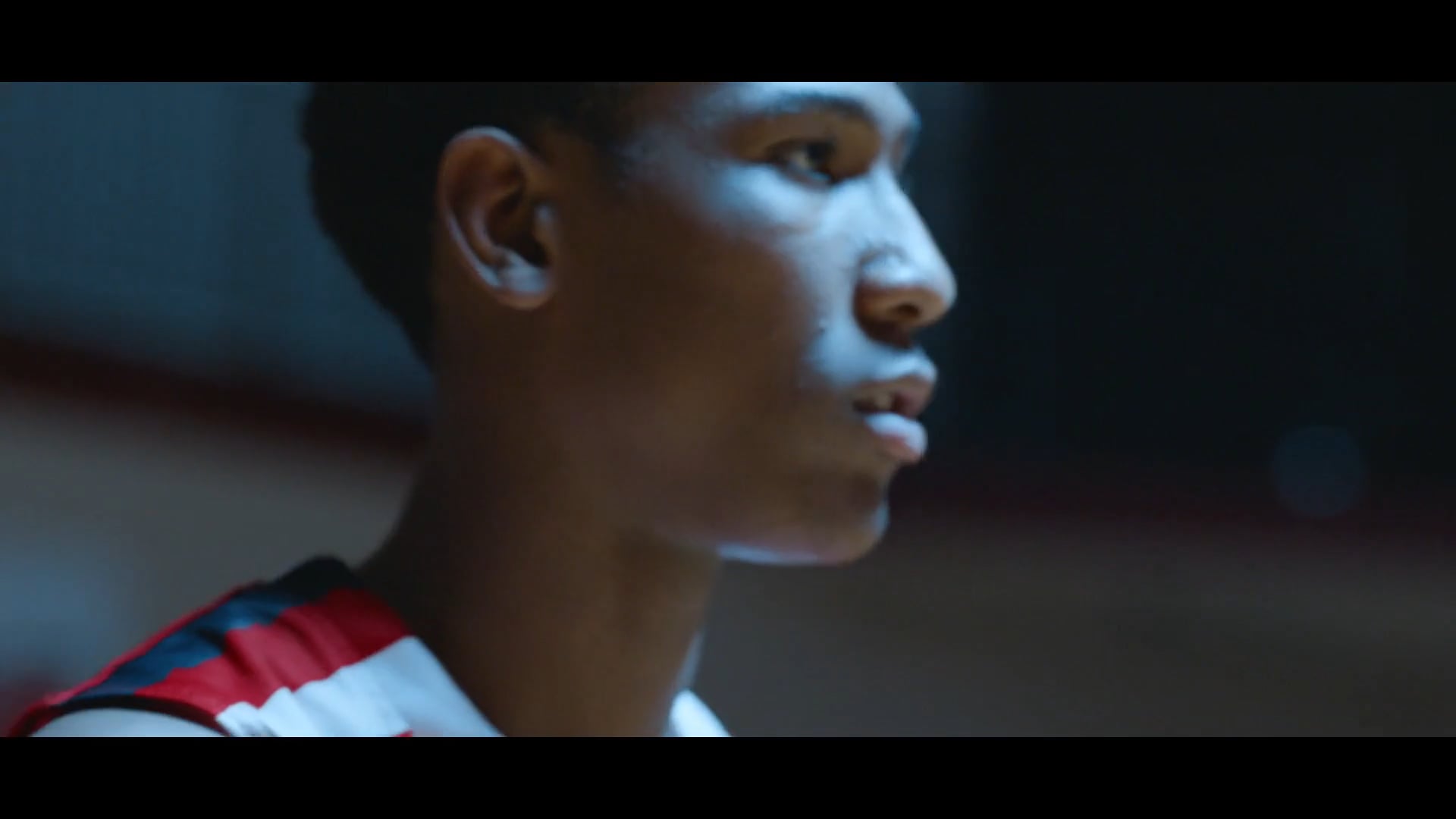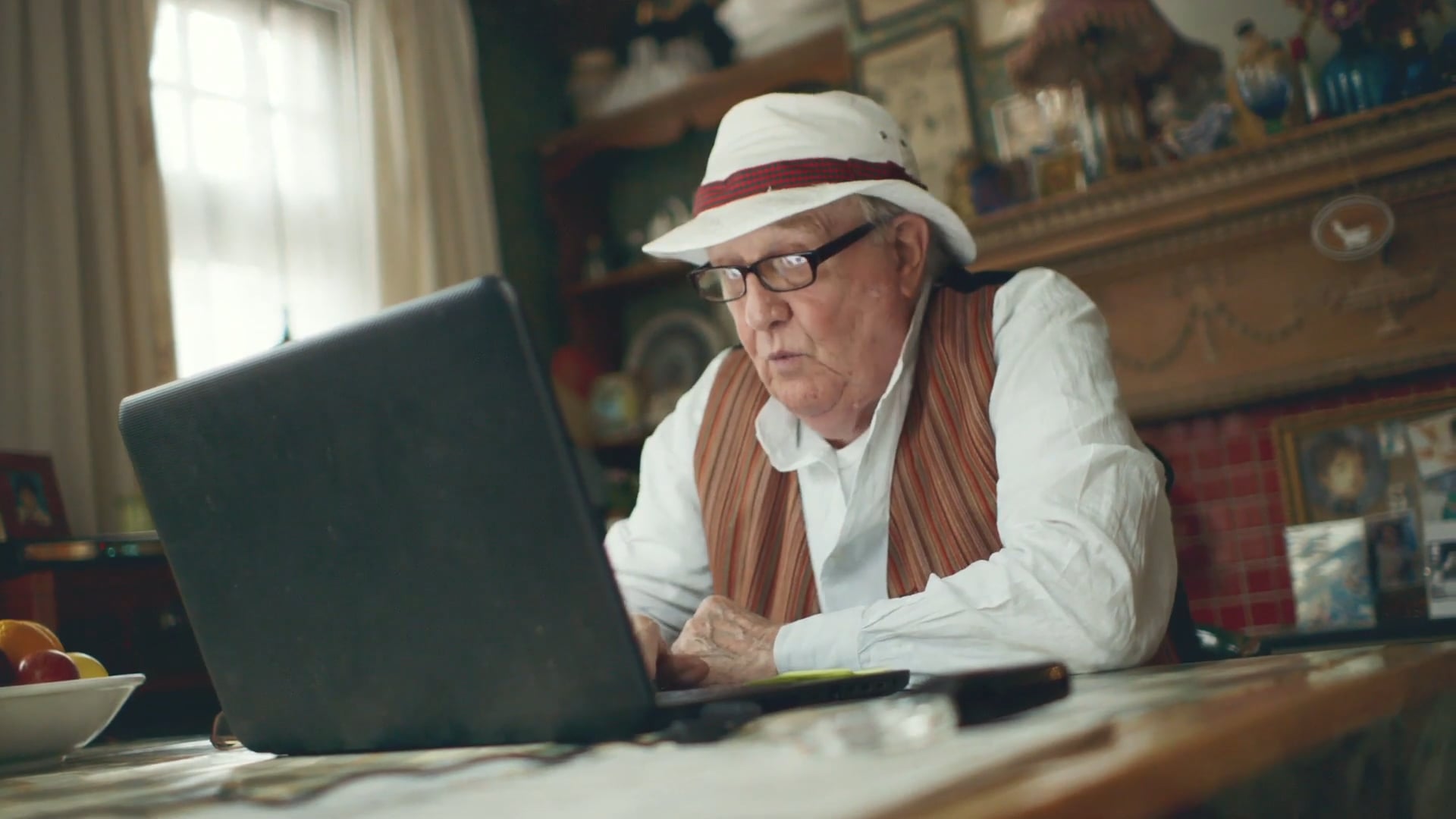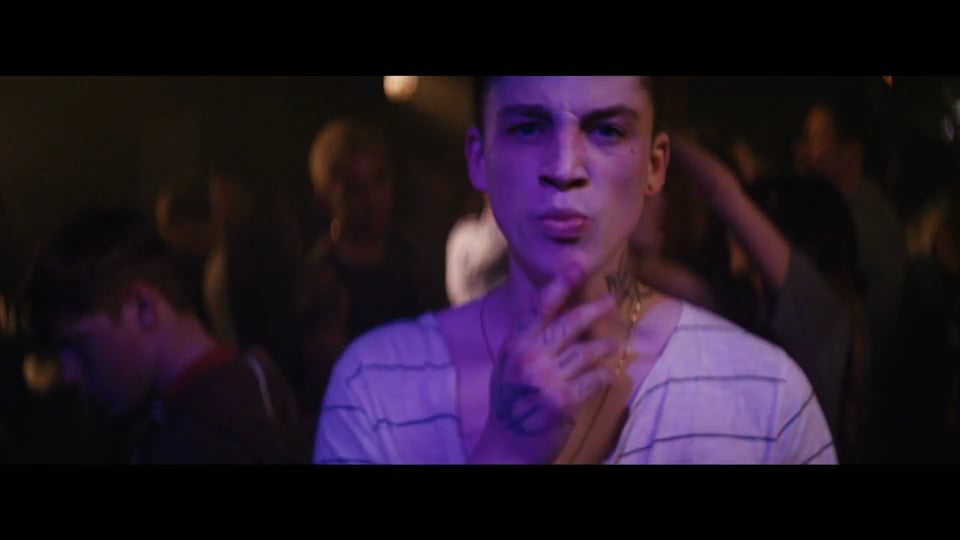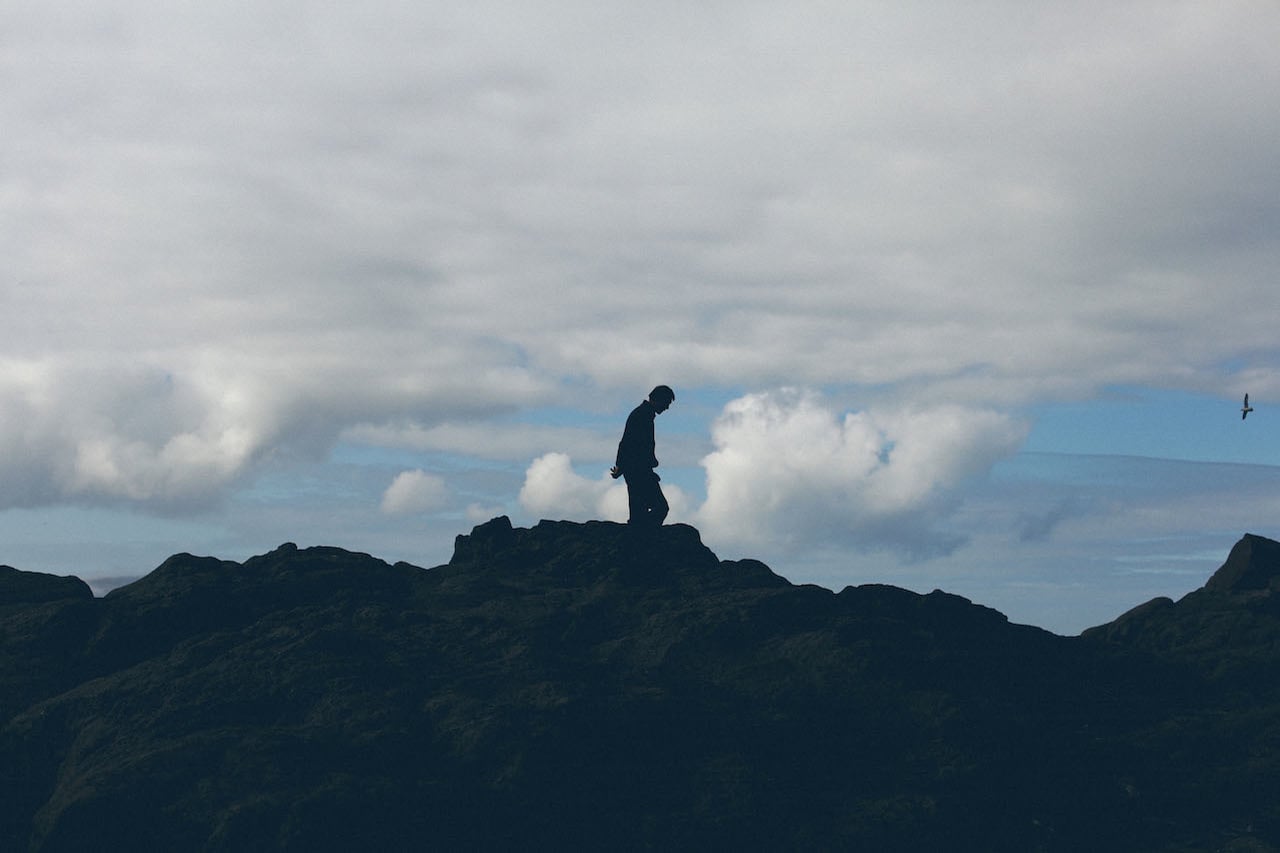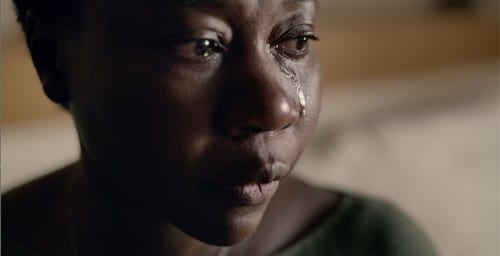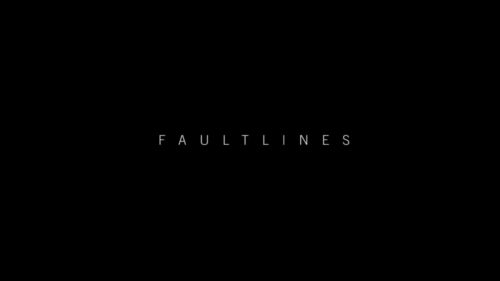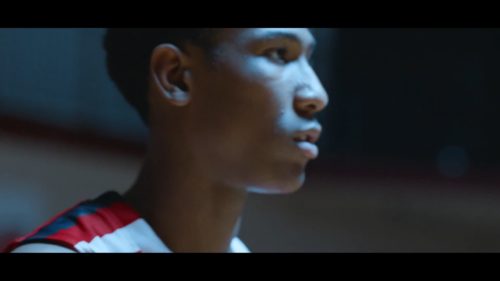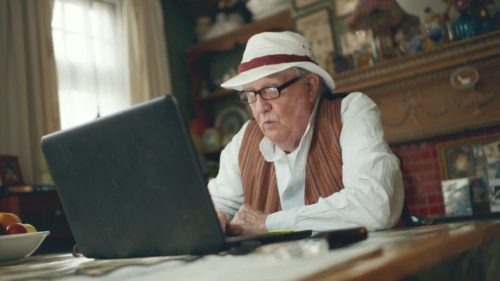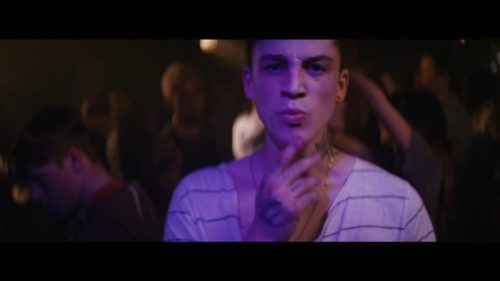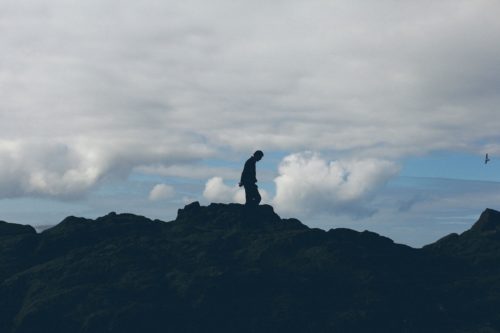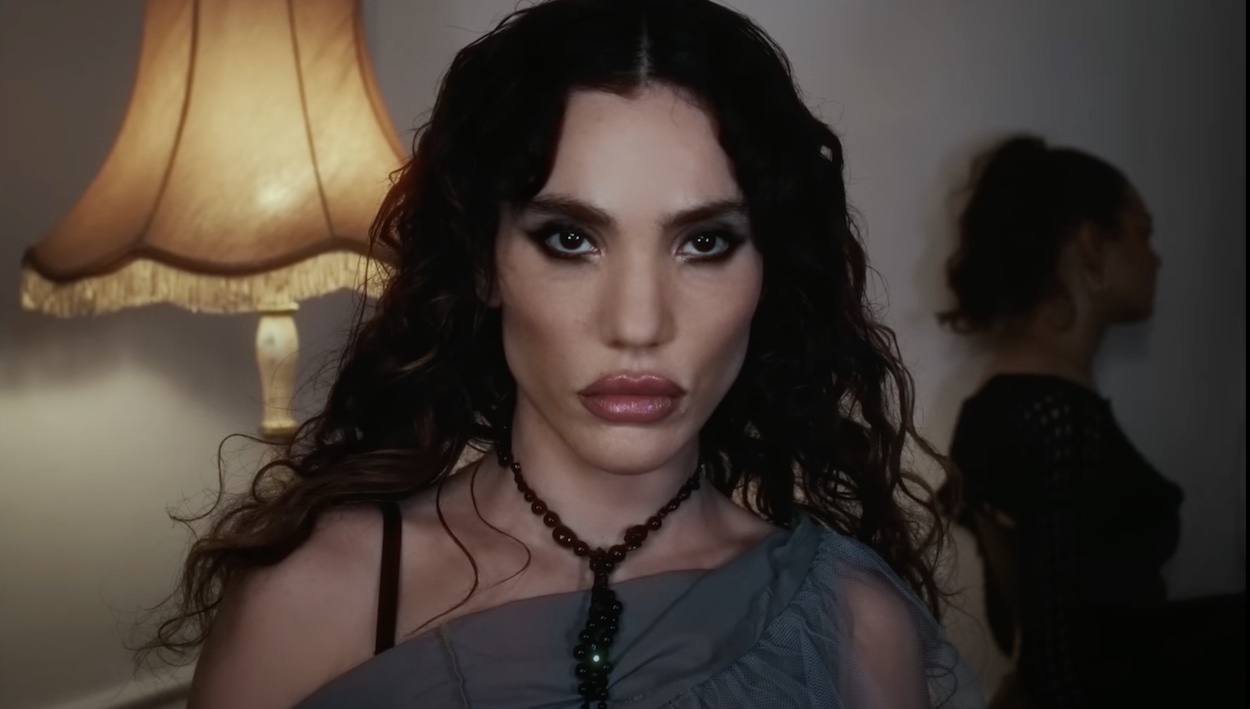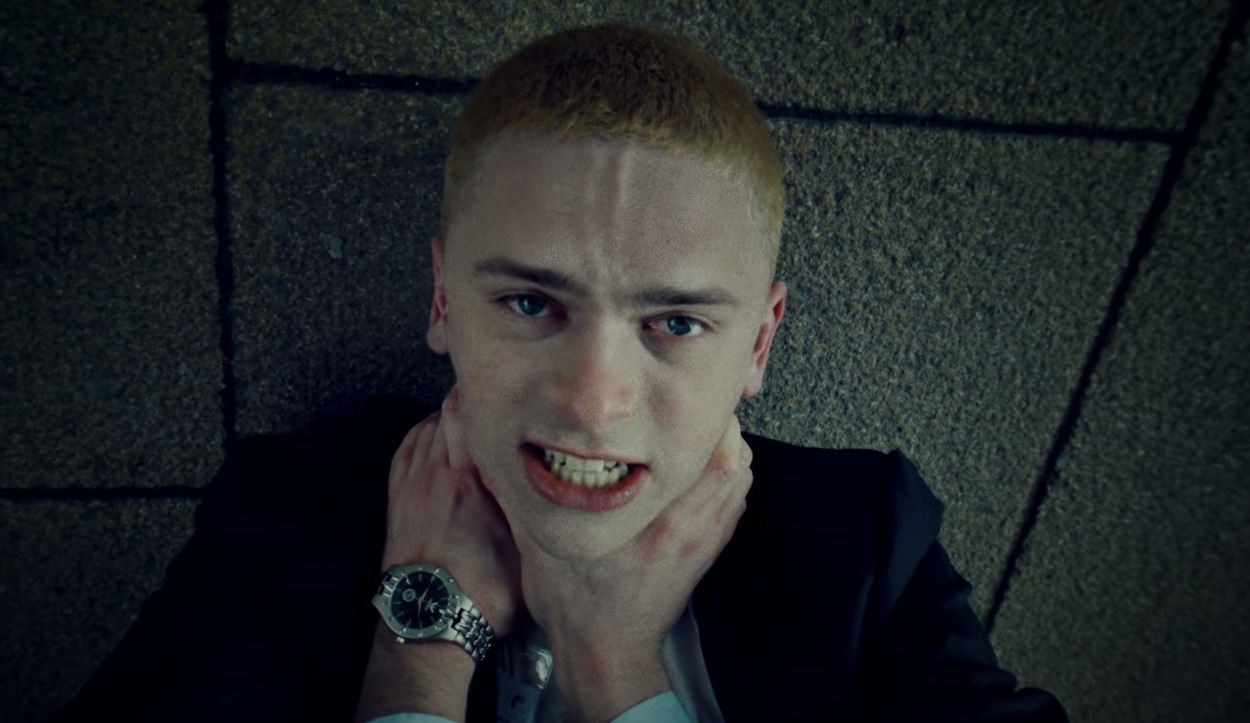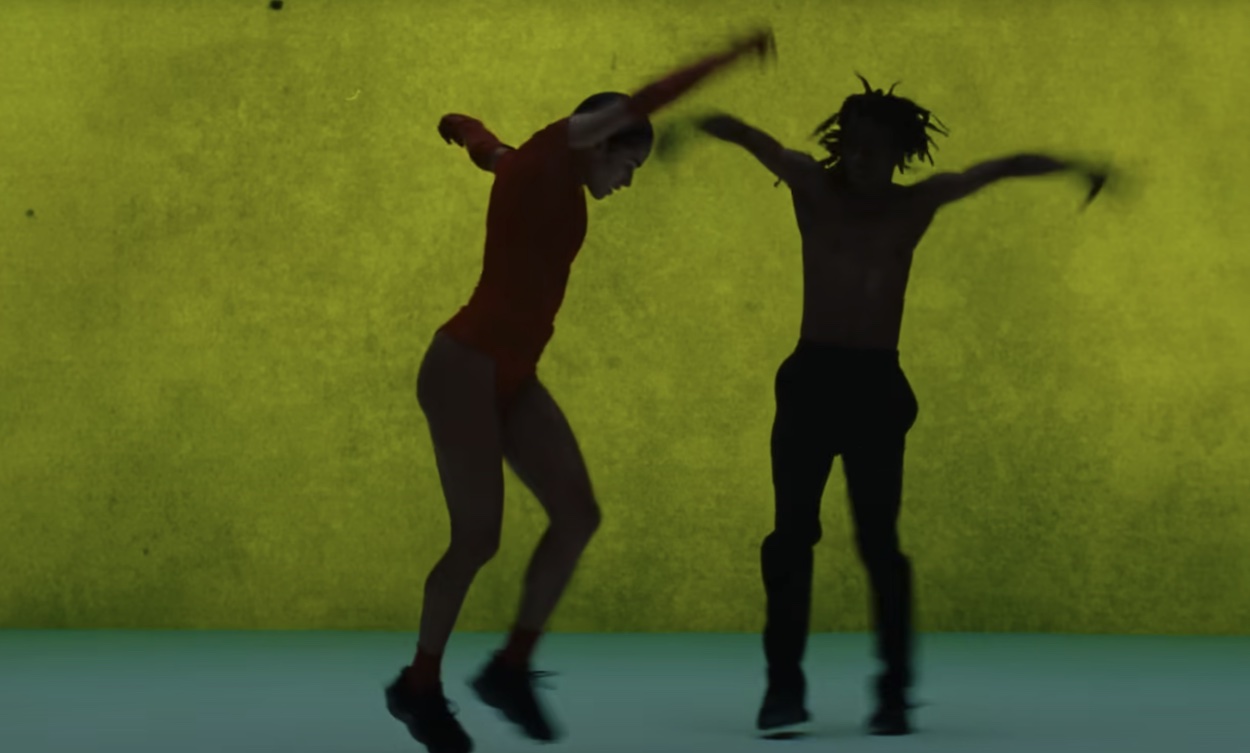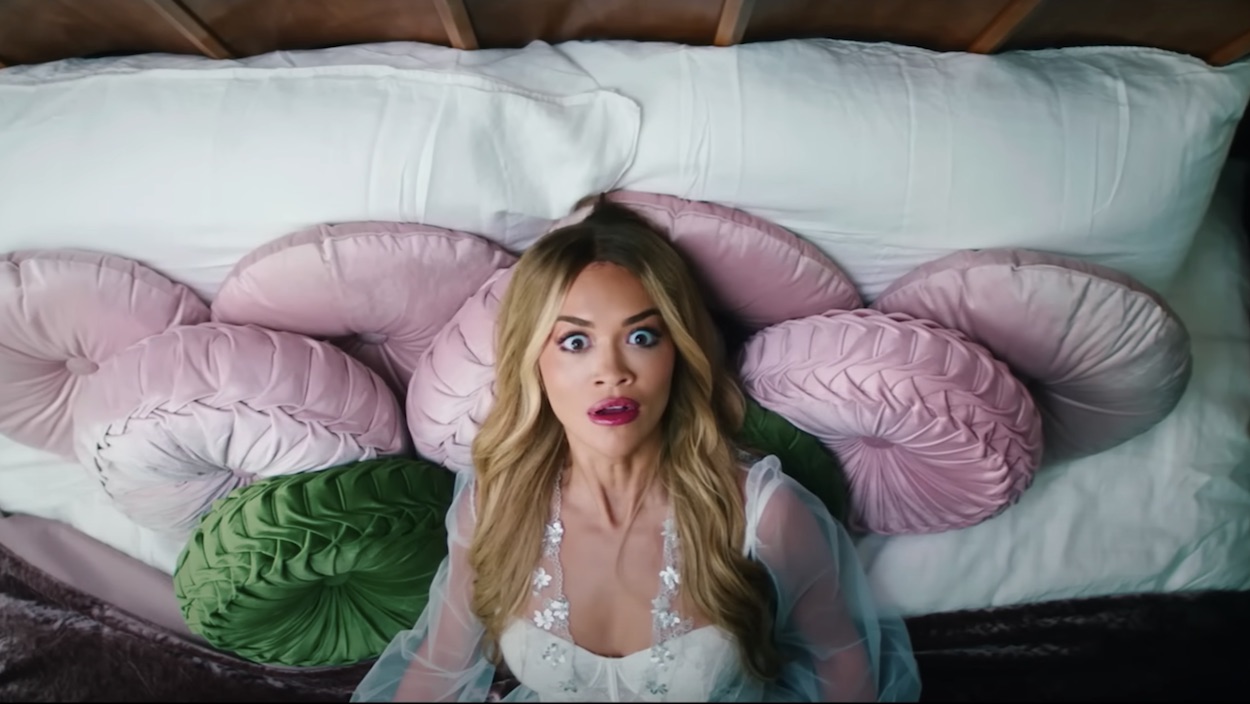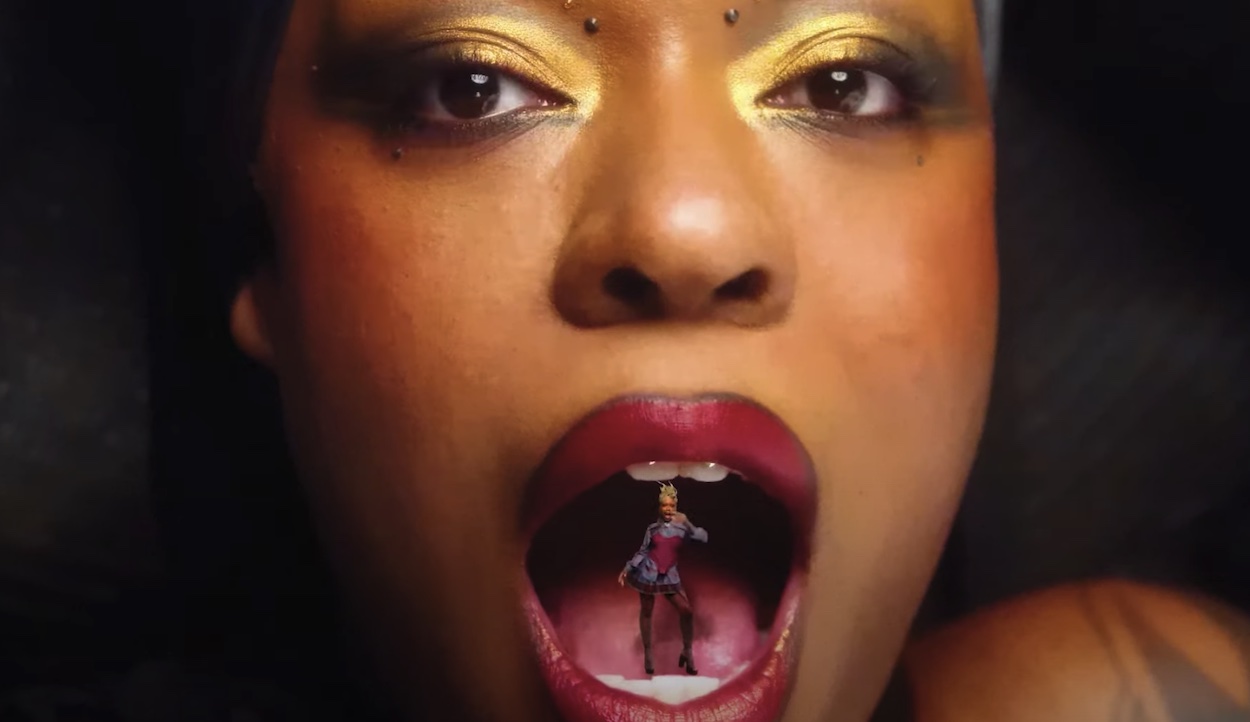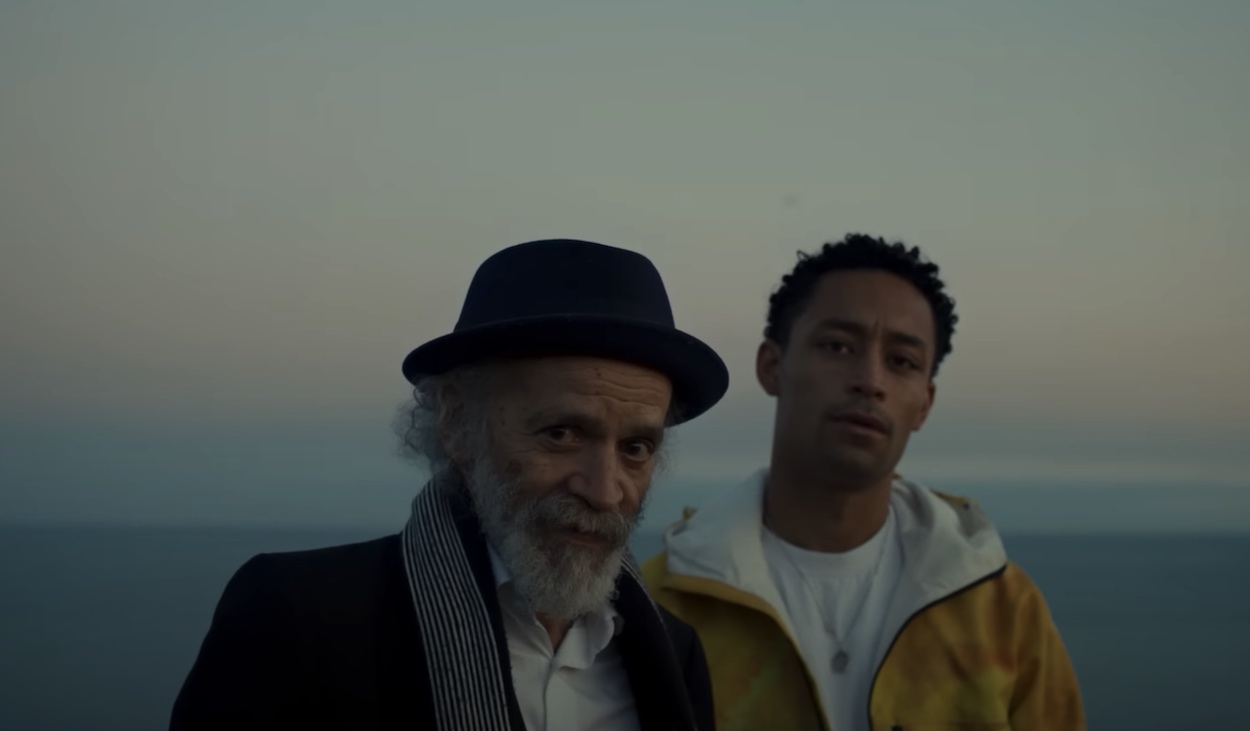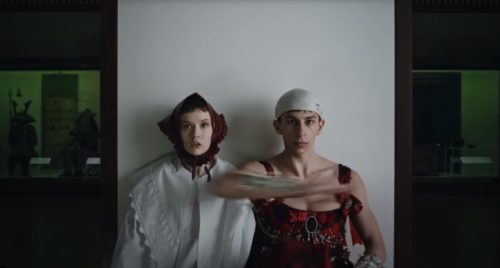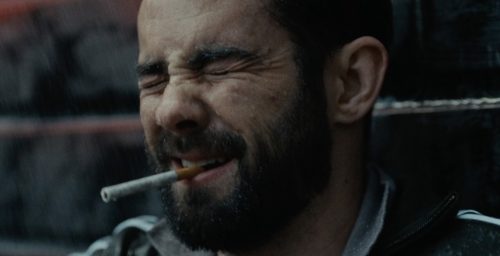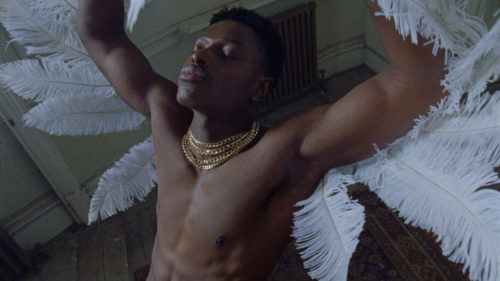Your documentary style work is particularly strong – not only for Gay Pride – we’ve also viewed the trailer for your documentary on Charles Hamilton. Portraying people in a sensitive but not sentimental light seems to be your forte. What are the important considerations you take into account when you’re prepping your films?
Sensitivity is absolutely central to my approach. The work I’ve been drawn to over the years very much aligns with a soulful approach to storytelling; I’m as interested in the moments of stillness as I am in the moments of overt expression and drama. I regard the dance between the two as integral to the ‘feel’ and emotion of a story – or at least a sensitive portrait of that feeling or emotion. I think that links both the Pride in London spots and much of my work in both documentary and commercials.
In terms of process, a message, aim and structure is important but so too is a flexibility and a dexterity while capturing a story. I research thoroughly but also leave space for discovery and evolution; there’s an anthropology at the heart of what I perceive filmmaking to represent – it shouldn’t feel like an essay… it should be something more open, more human, more lyrical.
Life is complicated and absurd and endlessly interesting through the tensions that define us. Every piece of work I do is based around emotional engagement with a subject or subject matter, always playing to that notion of trust being a visible quality on-screen… and that, achieved successfully, leads to the shape of a story naturally growing into something powerful and empathetic.
I’ve explore the aesthetic of projects in different ways – from self-shooting docs, through to big budget commercials. Ultimately it’s about finding the right way to tell each story – and I love that process of development. With Pride in London, I was lucky enough to once again work again with the director of photography Jaime Feliu-Torres, and we talked from the start about the kind of photographic approach, mostly exchanging medium format refs. Each portrait had to feel open, honest and vulnerable.
I’m working on a documentary project with the Swedish director Roy Andersson at the moment, and we often talk about his steadfast philosophy “the truth is in the room” – it was something that directly fed into our thinking around the Pride project.
Did you work closely with the creative team from WCRS during the shoot? Did much change from the initial brief?
The bedrock of these films are the original scripts that were brilliantly researched and written by Charlie Gee and Tian Murphy at WCRS. The process of writing and development was meticulous in its pursuit of capturing genuine stories.
After our initial conversations, we expanded the project out into a broader research and listening project, and much of what we learned fed directly back into the scripts, and helped us focus each story into powerful short and longer form messages. So there was a clear fusion of documentary and scripted process at the heart of these films. Layering things up further, every member of our cast was drawing off very close personal experience, either individually or to a close family member – and I think it shows.
It’s also important to recognise the trust given by Pride in London. This was their first venture into TV advertising, and their responsibility to represent all parts of the LGBT community is one that they are understandably protective of.
Everybody involved wanted nothing less than to sensitively do justice to the experiences portrayed. The extended support of Channel 4 was also hugely appreciated – and they generously offered extra air time for the films once they had seen them.
Did you shoot a lot of footage for the Apology series and did the stories evolve in the edit?
We shot a lot in one day – all four individual stories, both shorter and longer edits for each script. In addition, my aim was always to create a composite edit that drew all stories together, with each experience talking to the other to give a sense of chorus and unity – and draw a line across the community. Through our discussions before shooting, Charlie and Tian then created the broader concept of ‘Don’t Leave It Unsaid’, which tied this secondary film together beautifully.
You’ve also made a couple of spots which are in a completely different style and vibe. Is your creative process similar for both genres?
Pretty much. The connective thread throughout all of my work is a clear sense of documentary portraiture – both working with non-actors to create a documentary story in either film or commercial – or collaborating with actors in a way that ensures a sense of authenticity is visible. I approach the latter always with a doc process, sharing and discussing research in the same way I would a writer or editor, so we colour in each character and backstory together.
In terms of different styles, as with any piece of work, it is the common denominator that I look for. The surface – which is also paramount – tends to come after. For example, the intelligence of the Pride in London films was the aim of speaking directly to both the LGBT and heterosexual communities in a way that speaks to those who have shared the primary experiences documented – but also then reaches beyond to broader notions of acceptance, equality and understanding. It’s about what often is left unsaid – and that speaks to all.
I’m naturally drawn to the most sensitive of subject areas, whether social dislocation, disenfranchisement or mental illness, and actively seek out these stories to tell, in a way that best suits each one, whether the language is more dramatic and expressive – or poetic and focused.
